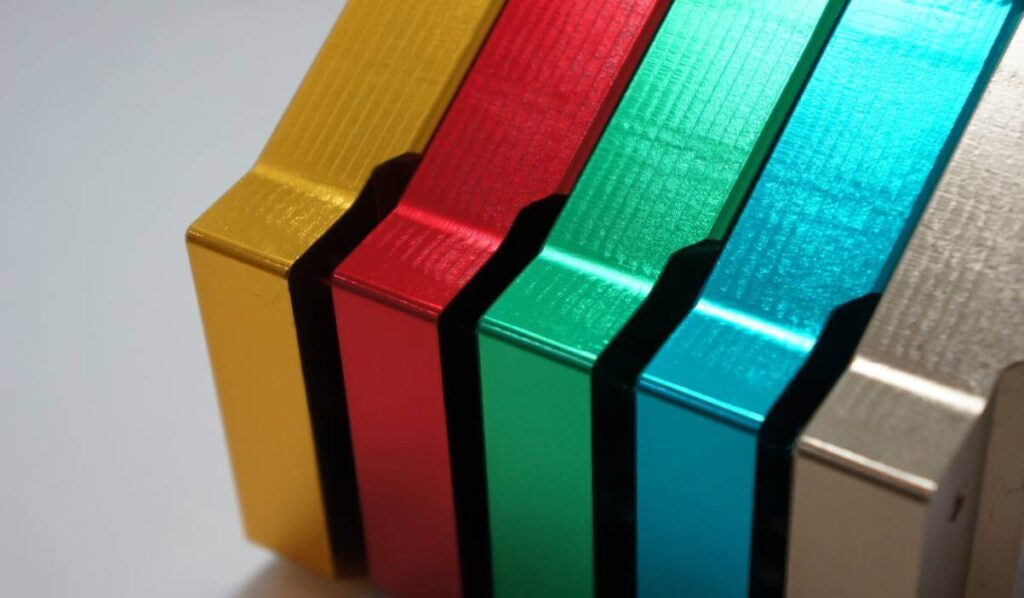Five finishing methods to tailor your aluminium to your aesthetics
From automotive to architecture, the lightweight, durable properties of aluminium make this versatile material a popular choice amongst many industries. But, the true potential of aluminium extends far beyond its functional benefits. With the right finishing method, aluminium can be transformed into a visually striking material that aligns with a diverse range of aesthetic preferences. In this article, we delve into the many finishing options available, exploring how each technique can enhance the appearance of your chosen aluminium.
Customising aluminium to spec has never been easier
At Alanod, we have supplied aluminium and metal surfaces to a global client base for over 40 years, securing our position as one of the UK’s leading stockists. During this time, we have had the pleasure of working on an abundance of projects, from the flagship Michael Kors store in Shanghai to Fulton Station in New York. All of these projects have one similarity – the aluminium has been finished with particular specifications in mind.
In this article, we will guide you through the finishing methods we offer, including anodising and lacquering, along with additional options that our clients can choose during their own manufacturing process.
1. Mechanical finishing
Mechanical finishing is generally the first step to making any cosmetic enhancements to aluminium. Depending on aesthetic requirements, the surface can be left as it is after this process or then finished with one of the below techniques. The most widely used mechanical finishes for aluminium are:
- Polishing: This achieves a smooth, shiny surface by removing scratches and imperfections. It involves using sandpaper, cloth wheels or polishing compounds.
- Buffing: For an even glossier finish, buffing is the best-suited technique. The process uses softer abrasives or compounds and buffing wheels to produce a mirror-like finish.
- Grinding: Grinding is used on rough aluminium to create an extremely flat, blemish-free surface. It uses grinding wheels or discs at a slow speed to prevent overheating.
- Brushing: Used to achieve a uniform, directional satin or matte finish, brushing uses abrasive brushes or belts to produce fine lines on the surface.
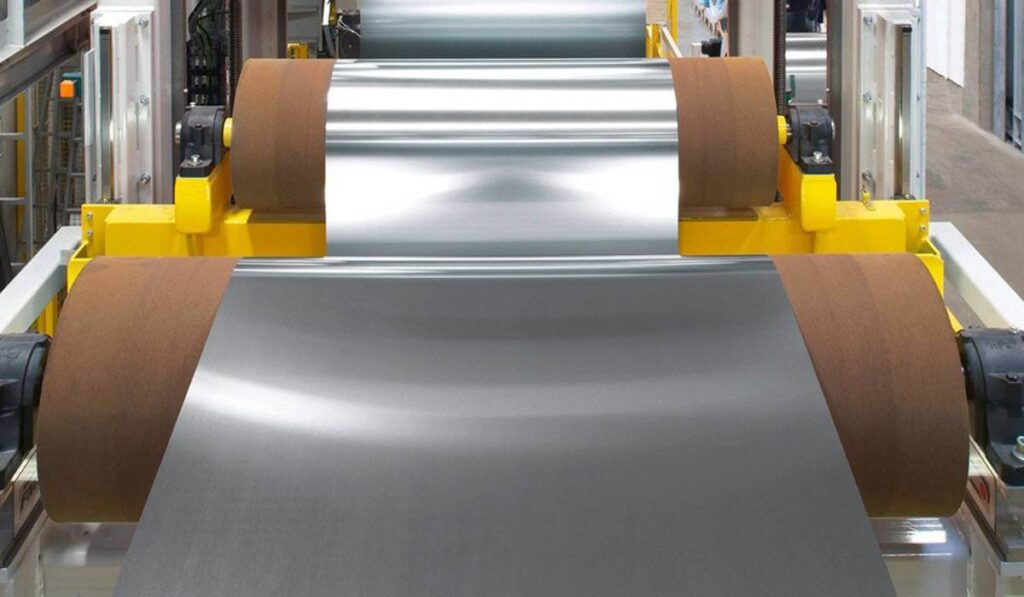
2. Anodising
One of the most popular finishing techniques amongst our clients is anodising. Designed to enhance the natural oxide layer on the surface of aluminium, anodising not only improves durability and corrosion resistance but also introduces different aesthetic finishes. This includes various colours in a matte, mirrored or satin finish, along with metallic and two-tone effects. The process is as follows:
Step one: The aluminium is cleaned to remove any impurities, oils or dirt and, if required, can also be etched to create a matte finish or polished for a shinier surface.
Step two: After cleaning, the aluminium is submerged in an electrolyte bath containing sulfuric acid. An electric current is then passed through the bath, which causes the oxygen ions from the electrolyte to combine with the aluminium atoms.
Step three: A porous oxide layer is then formed, which allows for further treatment, such as colouring; this is typically achieved through dyes or, for a metallic effect, an electro-colouring process.
Step four: Once the desired finish has been achieved, the aluminium is sealed to close the pores. This step locks in the colour and enhances the corrosion resistance, using hot water or steam to hydrate the oxide layer and form a less porous structure.
Thanks to its versatility, anodised aluminium is widely used in several applications, including building facades and interior design, as well as in the automotive industry for exterior trims, emblems, grilles, and more.
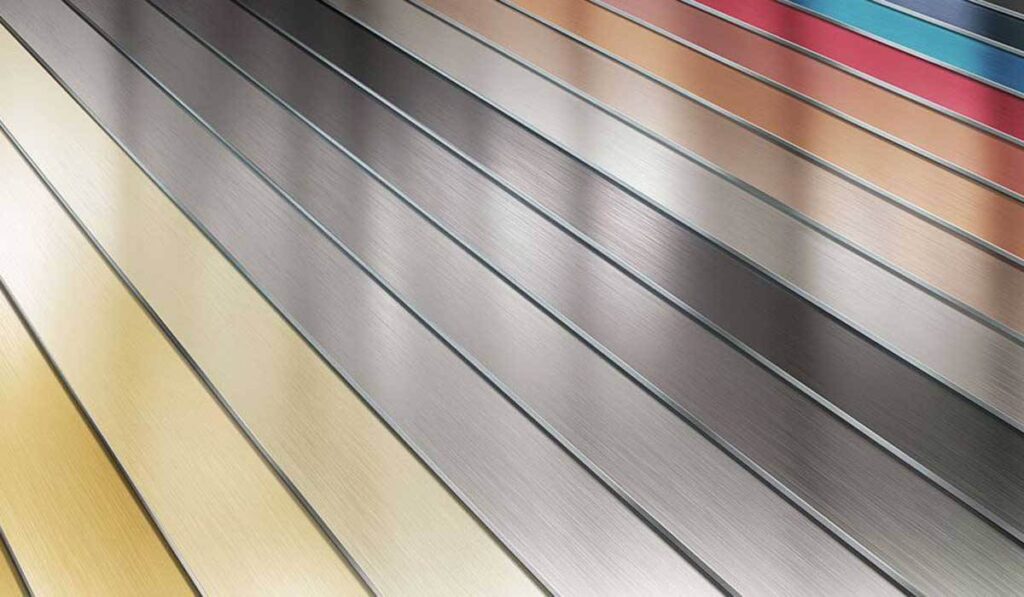
3. Lacquering
Another finishing method available to our clients is lacquering. Lacquering is ideal for adding a protective barrier against environmental factors, whether it be moisture or chemicals, preventing damage and extending the lifespan of the aluminium.
When it comes to aesthetics, lacquering offers vast versatility; for example, aluminium can be finished with a clear lacquered coat or coloured, including dark shades such as anthracite. Many different textures are also available, such as soft or textured, along with the popular diamond shine, offering a wealth of customisation options.
The application process of lacquer is relatively straightforward. Once the surface has been thoroughly cleaned and degreased, a primer is added to enhance adhesion. From here, the lacquer is applied before being cured in an oven to harden the surface. This makes lacquering a favoured finishing technique amongst many industries such as automotive (i.e. trims and decorative parts), consumer goods (i.e. cookware and electronics) and packaging (i.e. cans and foils).
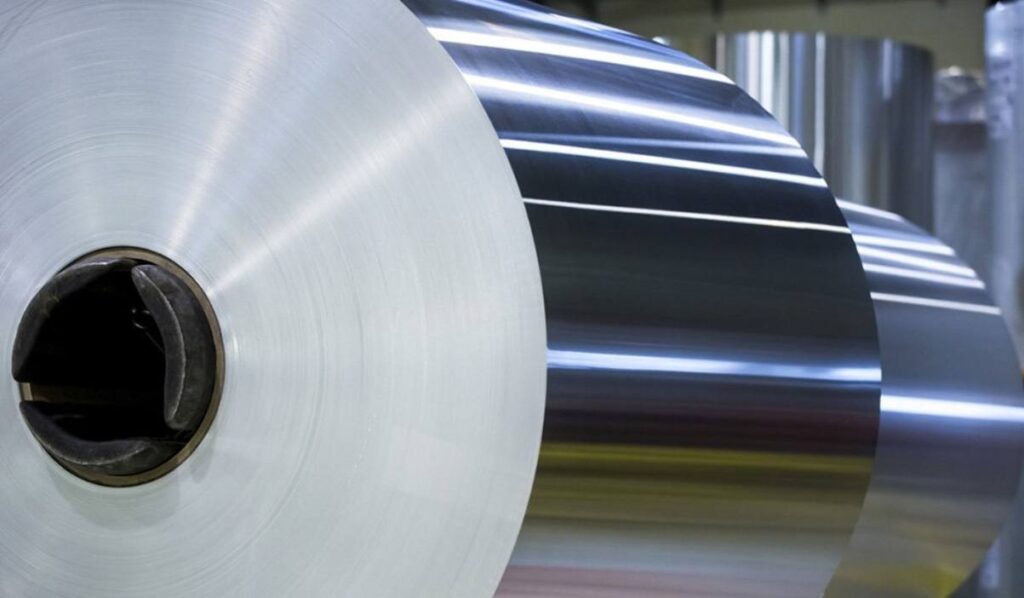
4. Powder coating
If you are looking to achieve a bright, impactful appearance, powder coated aluminium is an ideal solution. Available in an abundance of vibrant colours, including red, green, yellow and more, powder coatings are thick and durable, making them unlikely to chip or peel over time. Not only this, but as it is a dry finishing process, powder coatings do not use solvents or VOCs and, therefore, are far more environmentally friendly.
The process of powder coating aluminium begins similarly to anodising, as the surface is thoroughly cleaned and, where necessary, etched. From here, the steps change:
Pre-treatment: A chemical coating is applied to the aluminium to enhance adhesion and corrosion resistance. The most traditional method is a chromate conversion coating; however, in recent years, manufacturers have been switching to “greener” techniques using treatments such as zirconium or titanium-based conversion coatings.
Powder coating application: Electrostatic spraying is then used to apply the powder coating. This method gives the powder coating particles an electric charge, using electrostatic attraction to adhere the particles to the surface.
Curing: To cure the surface, the coated aluminium is heated to a specific temperature for a specified amount of time. This causes the powder to melt, flow, and form a continuous film while also creating a hardened finish. The aluminium is then left to cool naturally and then inspected.
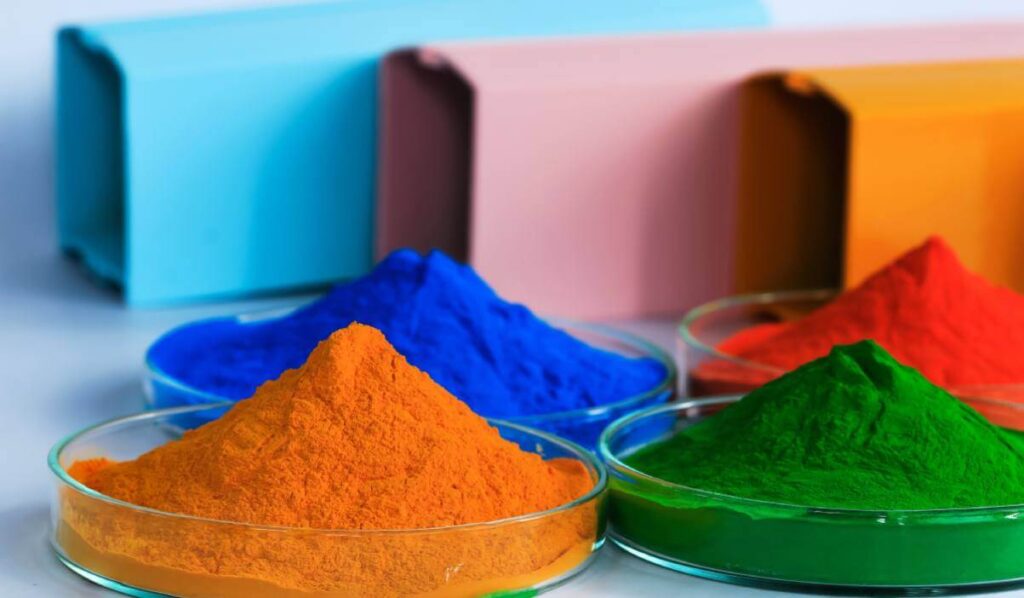
5. Liquid paint coating
Whether it be architectural components, consumer electronics or automotive parts, liquid painting is a standard aluminium finishing method across several industries. Available in a wide range of colours and finishes, there are several different paint options depending on specific performance requirements. For example, acrylic paint is known for its durability and UV resistance, making it suitable for outdoor use. In contrast, polyurethane paints will not be damaged by abrasion and chemicals, ideal for automotive and aerospace industries.
When choosing to finish aluminium in a liquid paint coating, one of three common application methods will be used:
- Spraying: The most common method is using spray guns to apply a uniform layer of paint.
- Dipping: Submerge the aluminium part in a tank of paint, ideal for small parts.
- Brushing/Rolling: Used for smaller areas or touch-ups.
Once evenly coated, the paint is then left to sit for a short period to let solvents evaporate, reducing the risk of runs and sags before being cured. Curing can be achieved through air drying, heat or UV, depending on the type of paint used.
The only downside to liquid paint is that coatings typically contain VOCs, which, although generally removed during the curing process, are a less favoured option among those hoping to remain as environmentally friendly as possible.
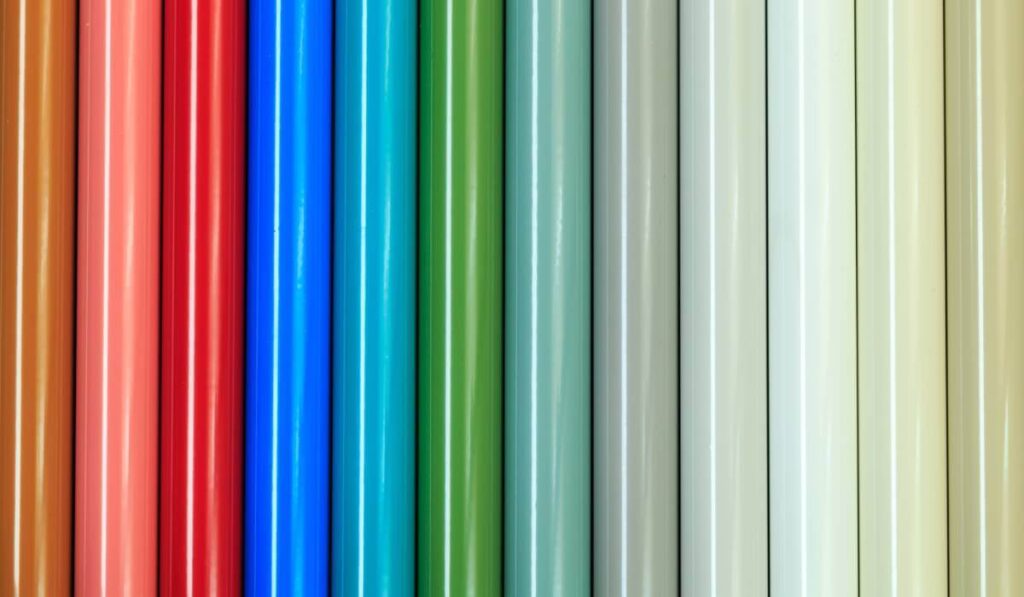
Get started today by contacting Alanod
Choosing the best-suited aluminium finishing technique comes down to many contributing factors, from aesthetic preferences to budget and turnaround. By understanding and determining the right finishing method for your project, you can not only enhance the visual appeal of aluminium but also improve its durability and performance.
If you have any questions regarding anodising or lacquering, or would like to discuss how to tailor aluminium to your project spec, please do not hesitate to contact Alanod. With over 40 years of experience, we pair our clients with high-quality aluminium and metal surfaces to meet requirements down to the finest detail.

